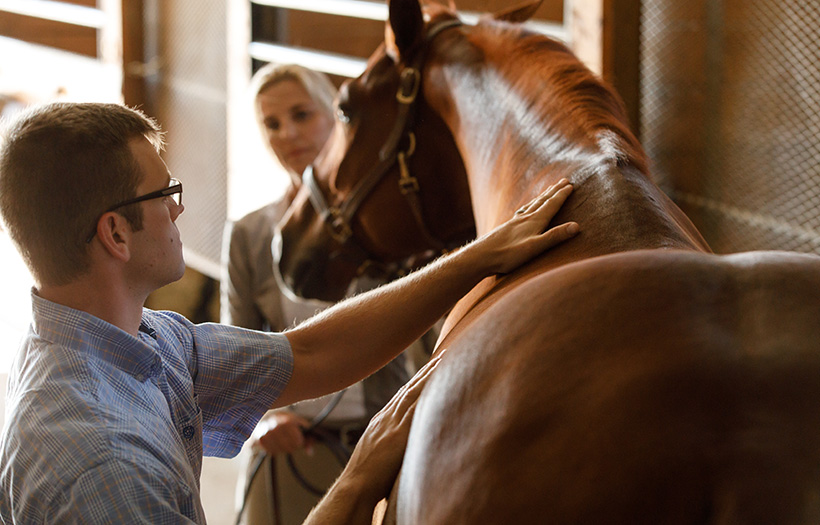An Ideal Topline for Every Horse

Every horse can achieve an ideal topline regardless of breed, however their genetic potential may limit the expression of muscling. A belief exists among horse owners that genetics contribute to a poor topline. Many believe poor topline is inherited, and thus inherent, so they assume there are no options for improvement. Phrases like “That’s just the way he’s built” or “She just has high withers – it’s just how she is” are heard often when owners reference the genetic impact on topline. While it’s true that genetics can play a role in a horse’s topline, it is minor compared to the impact of nutrition. Genetics do not limit an individual horse from reaching its full, healthy topline potential. Individual horses will express muscle based on their genetic potential, but every horse can develop adequate muscle to support their topline. Keep in mind that some breeds and/or expressions will be seen in a more obvious way when the horse is subject to a hands on or visual assessment. During the Topline Evaluation Scoring (TES), flat areas may be acceptable based on breed and/or genetics, and some breeds/genetic traits may exhibit a bulging muscle around the spine.
Q: Will this fix my horse’s Sway Back?
A: Addressing the nutrient deficiencies in your horse’s diet will certainly improve their TES which evaluates the muscling surrounding your horse’s spine; however nutrition cannot “lift” a sway back. Genetics (a long back), a lack of nutrition over time, or other factors likely allowed the horse’s back to “sway”, while we can’t reverse this, we can support the spine with adequate muscling via nutrition.
